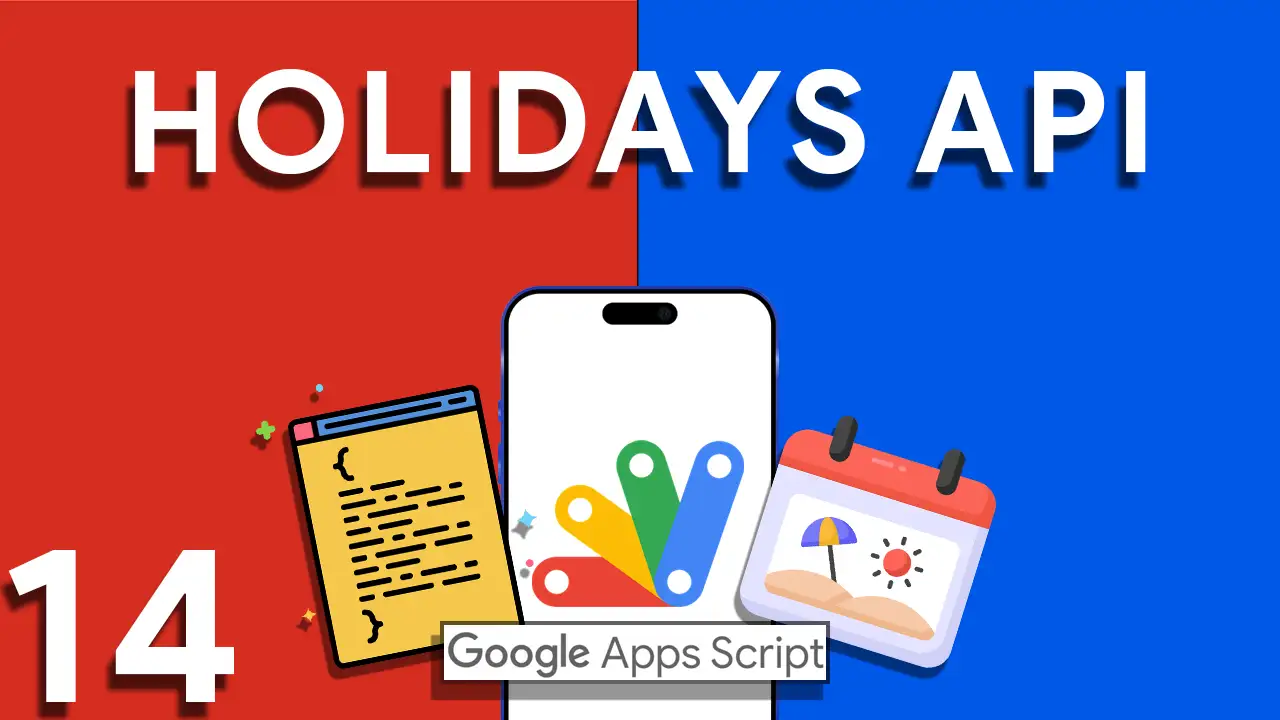In the world of app development, ensuring secure access while providing a personalized user experience is paramount. AppSheet offers robust functionalities for app builders, and integrating custom login features is a crucial step toward achieving both security and personalization. This tutorial guides you through the process of enhancing your AppSheet applications with unique login mechanisms.
Why Implement Custom Login?
Custom login functionalities not only bolster security by ensuring that only authorized users can access your app but also allow for a personalized user experience. By customizing the login process, you can tailor the app’s interface and functionalities to meet the specific needs of individual users or user groups.
1. Understanding AppSheet’s Authentication Options
Before customizing the login experience, familiarize yourself with AppSheet’s built-in authentication methods, including Google, Microsoft, and other OAuth providers. Determine if these meet your needs or if further customization is necessary.
2. Designing the Custom Login Screen
- User Interface Customization: Use AppSheet’s UX features to design a login screen that aligns with your app’s branding and user experience goals.
- Data Collection Fields: Include essential fields such as username, password, and any other relevant information.
3. Managing User Authentication
- Database Setup: Store user credentials securely in your database. Ensure passwords are encrypted or use secure hash functions for storage.
- Authentication Logic: Implement custom expressions in AppSheet to validate user credentials. Utilize the
USEREMAIL()function for email-based login or create more complex expressions for other authentication methods.
4. Enhancing User Experience
- Personalized Greetings: Use user data to display personalized welcome messages or to customize the app’s home screen.
- Role-Based Access: Implement logic to display different app functionalities based on the user’s role or access level, enhancing both security and user experience.
5. Testing and Security
- Thorough Testing: Test the login process with different user accounts to ensure reliability and security.
- Ongoing Security Measures: Regularly update your authentication mechanisms to address new security threats.
-
- Streamline the Process: Ensure the login process is as straightforward as possible to enhance user satisfaction.
- Feedback for Users: Provide immediate feedback for login attempts, such as error messages for incorrect credentials.
- Continuous Improvement: Gather user feedback on the login experience and make iterative improvements.
Conclusion
Implementing custom login functionalities in your AppSheet applications can significantly enhance both security and the personalized aspect of user experience. By following this guide, developers can create a secure, efficient, and user-friendly login process, making their applications stand out in terms of both functionality and user engagement.







